Looking to enjoy a mouthwatering roast without breaking the bank? In this Poor Man’s Prime Rib recipe, I’ll show you how to create a flavorful dish that feels fancy yet remains budget-friendly. We’ll explore affordable cuts, seasonings, and cooking methods that ensure a memorable meal. Don’t miss out on tips for tasty sides and creative leftover ideas! Get ready to impress your family with this easy, delicious recipe!
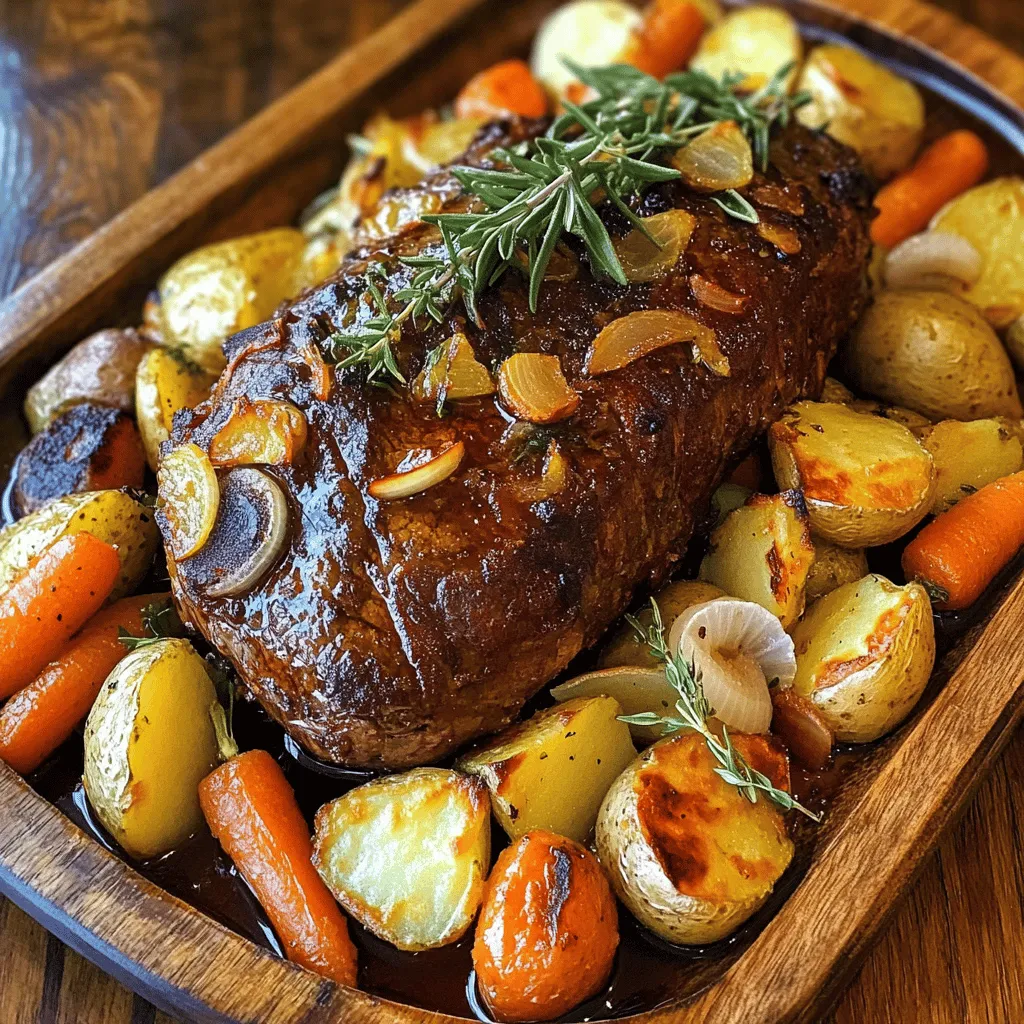
What are the key ingredients for a Poor Man’s Prime Rib?
To make a great Poor Man’s Prime Rib, you need a few key ingredients. The star is the beef chuck roast, which gives the dish its rich flavor and tenderness. I recommend using a 2-pound roast for a nice meal.
Which affordable beef cuts work best for this recipe?
Beef chuck roast is the best choice for this recipe. It is tender when cooked slowly and very budget-friendly. You can also use shoulder roast or brisket, but chuck is my favorite. These cuts have good marbling, which adds flavor as they cook.
What seasonings enhance the flavor of a budget-friendly prime rib?
For seasonings, I use garlic, rosemary, and thyme. These herbs boost flavor and make the dish smell amazing. Onion powder, garlic powder, salt, and black pepper round out the mix. I combine these spices in a small bowl and rub them all over the meat for a tasty crust.
Are there essential kitchen tools needed for preparation?
You will need a few kitchen tools to prepare this meal. A large oven-safe skillet or Dutch oven works best. A good knife helps you slice the beef easily. You will also need a cutting board and measuring spoons for the seasonings. This setup makes cooking smooth and fun.
How do you properly prepare and season the beef?
To make a great Poor Man’s Prime Rib, you need to start with the right beef. I suggest using a beef chuck roast. This cut is tasty and affordable. It has enough fat to keep the meat juicy.
What are the best techniques for seasoning beef?
Seasoning is key. I like to use a mix of garlic, herbs, and spices. For this recipe, blend minced garlic, fresh rosemary, fresh thyme, onion powder, garlic powder, salt, and black pepper. This mix adds layers of flavor. Rub it all over the roast. Make sure to get into the crevices. This helps the beef absorb the flavors.
How does marinating improve tenderness and flavor?
Marinating helps make the meat tender and adds flavor. While this recipe does not require a long marinade, even a short time works wonders. Letting the roast sit with the seasoning for at least 30 minutes enhances the taste. You can also add some beef broth to the marinade for extra depth.
What are the steps for preparing the beef before cooking?
First, preheat your oven to 350°F (175°C). Pat the chuck roast dry with paper towels. This step helps it brown better. Next, coat it with olive oil. This helps the seasoning stick. Then, mix your seasoning blend and rub it on the roast. After that, sear the roast in a hot skillet. Brown all sides for about 3-4 minutes each. This step locks in the juices. Once browned, deglaze the pan with beef broth. This adds flavor to your dish. Return the roast to the skillet and surround it with mixed veggies. Cover it and roast in the oven.
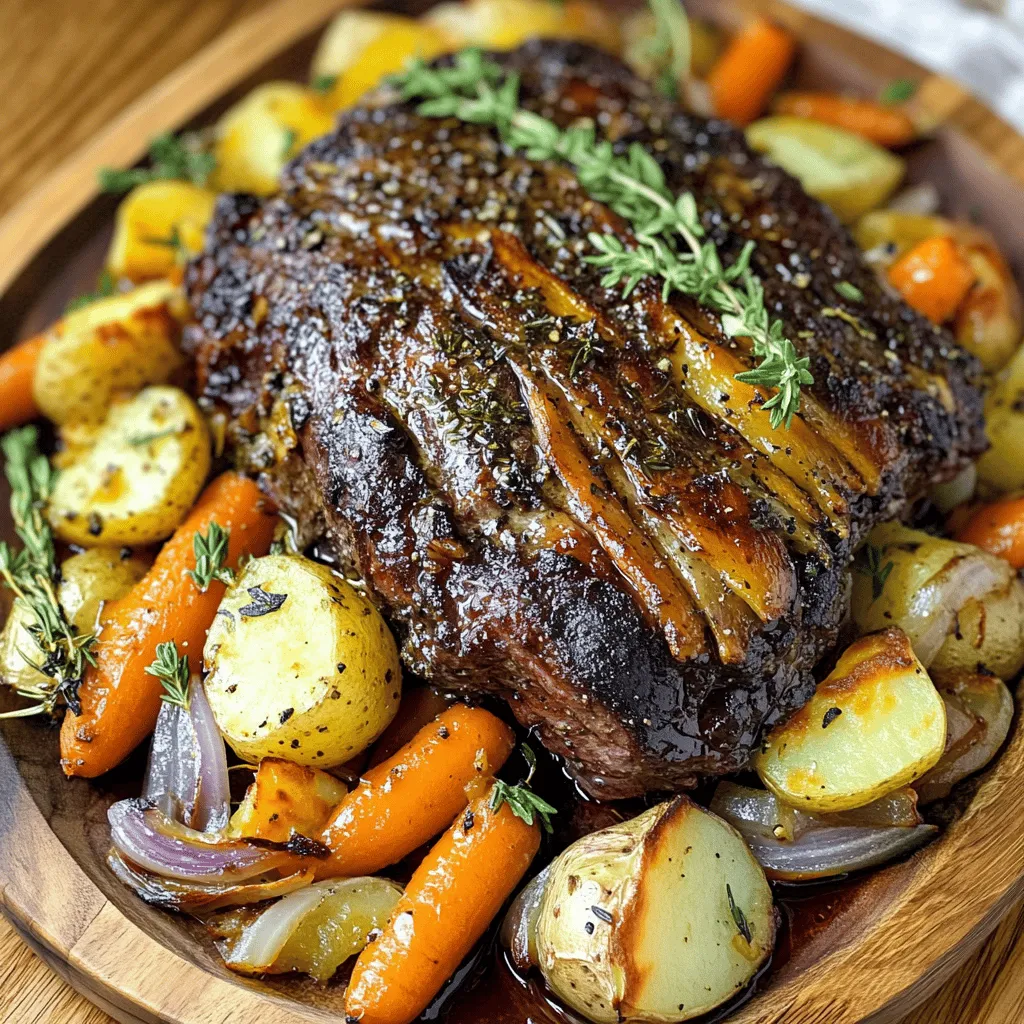
What are the optimal cooking methods for a tasty roast?
When cooking beef in the oven, two methods stand out: roasting and slow cooking. Roasting gives you a nice crust on the outside while keeping the inside juicy. Slow cooking, on the other hand, breaks down tough fibers, making the meat fork-tender. If you want a crisp finish, roasting is best. If you prefer tender meat that falls apart, go for slow cooking.
For roasting, set your oven to 350°F (175°C). This temperature works well for most cuts of beef. You want a nice balance between cooking the beef through and not drying it out. For slow cooking, a lower temperature of around 225°F (107°C) allows the beef to cook slowly and evenly.
Cooking time varies based on the cut. For affordable cuts like chuck roast, cook it for about 2 to 2.5 hours at 350°F. Use a meat thermometer to check the internal temperature. Aim for 145°F for medium-rare and 160°F for medium. The longer you cook, the more tender the beef becomes.Remember, the key is to let the meat rest after cooking. This step allows the juices to redistribute, ensuring each slice is moist and full of flavor.
What side dishes pair well with Poor Man’s Prime Rib?
Side dishes add joy to any meal. For Poor Man’s Prime Rib, you can choose a mix of flavors and textures. Let’s explore great options.
Which vegetables make great accompaniments?
Root vegetables shine with this dish. Carrots, potatoes, and onions roast well. They soak up flavors from the meat. You can also add green beans or broccoli for color and crunch. These veggies will balance the rich meat.
What starches work well with a budget-friendly roast?
Starches like mashed potatoes are classic. They provide a creamy contrast to the roast. Rice is another good choice. You can serve it with some broth from the roast for extra taste. Bread rolls are great for soaking up juices too.
How can you create a balanced meal around the prime rib?
To create balance, mix protein with fiber and carbs. Start with a fresh salad. Add greens like spinach or romaine with a simple dressing. This will lighten the meal. Then, serve the Poor Man’s Prime Rib with your chosen vegetables and starches. This way, you have a complete meal that pleases everyone.
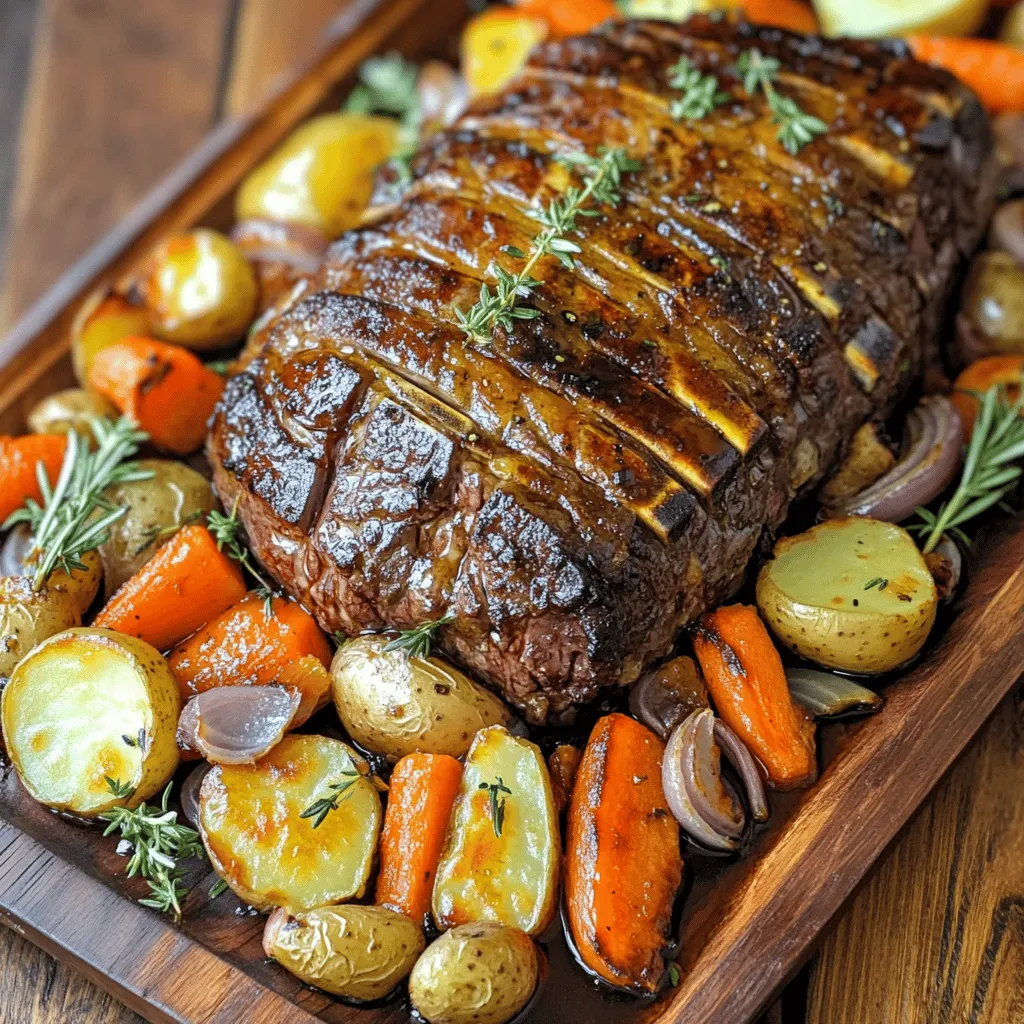
How do you use leftovers creatively after the meal?
Using leftovers creatively can save both time and money. After enjoying your Poor Man’s Prime Rib, you can transform the roast beef into new meals.
What are some easy recipes to repurpose roast beef leftovers?
You can make many simple dishes with leftover roast beef. One option is beef tacos. Just shred the beef, warm it up, and add your favorite toppings. Another idea is a beef stir-fry. Slice the beef thin and toss it with veggies and soy sauce for a quick meal. You can also create a hearty beef soup. Just add broth, veggies, and spices to the leftover meat for a comforting dish.
How can you store and reheat cooked beef effectively?
Store your leftover beef in an airtight container. Keep it in the fridge for up to three days. If you want to save it longer, freeze it. Wrap the beef tightly in plastic wrap, then place it in a freezer bag. To reheat, place the beef in a skillet over low heat. Add a splash of broth or water to keep it moist. You can also microwave it, but be careful not to overcook it.
What dishes can you make for next-day meals with leftover beef?
Next-day meals with leftover beef can be fun and easy. Try making a beef sandwich. Just layer the beef on bread with cheese and your favorite condiments. Another great idea is a beef salad. Toss the sliced beef on greens with your favorite veggies and dressing. You can even make a beef casserole. Layer the beef with noodles or rice, veggies, and cheese, then bake until hot and bubbly. Each of these dishes helps you enjoy your roast beef in a new way.
What are traditional and creative serving suggestions for Poor Man’s Prime Rib?
When serving Poor Man’s Prime Rib, presentation matters. Start by slicing the roast against the grain. This keeps the meat tender and easy to chew. Arrange the slices on a large platter with the roasted vegetables. Drizzle some pan juices over the meat for added flavor. You can also sprinkle fresh herbs on top for a pop of color and freshness.
For sauces, gravy is a classic choice. A rich beef gravy enhances the roast’s flavor. You can make it from the pan drippings. Just whisk in some flour and broth for a thick, smooth sauce. Another great option is chimichurri. This sauce, made from parsley, garlic, and olive oil, adds a bright, zesty taste.
Wine pairings can really elevate your meal. A full-bodied red wine, like Cabernet Sauvignon, works well. Its bold flavors match the rich taste of the beef. If you prefer white wine, try a Chardonnay. Its creaminess can complement the dish nicely.
By focusing on these serving suggestions, you can impress your guests without breaking the bank. Your Poor Man’s Prime Rib will not only taste great but look amazing too. Enjoy the experience of sharing this delightful meal!
In this article, I explored the key ingredients for a Poor Man’s Prime Rib. I highlighted affordable cuts of beef, seasoning tips, and the must-have kitchen tools for a delicious meal. I shared optimal cooking methods to ensure tenderness and discussed great side dishes. Lastly, I offered clever ideas for using leftovers and creative serving suggestions.
Cooking this budget-friendly roast can impress without breaking the bank. With the right approach, you can enjoy a hearty meal that rivals pricier options. Keep it simple, and enjoy your cooking adventure!


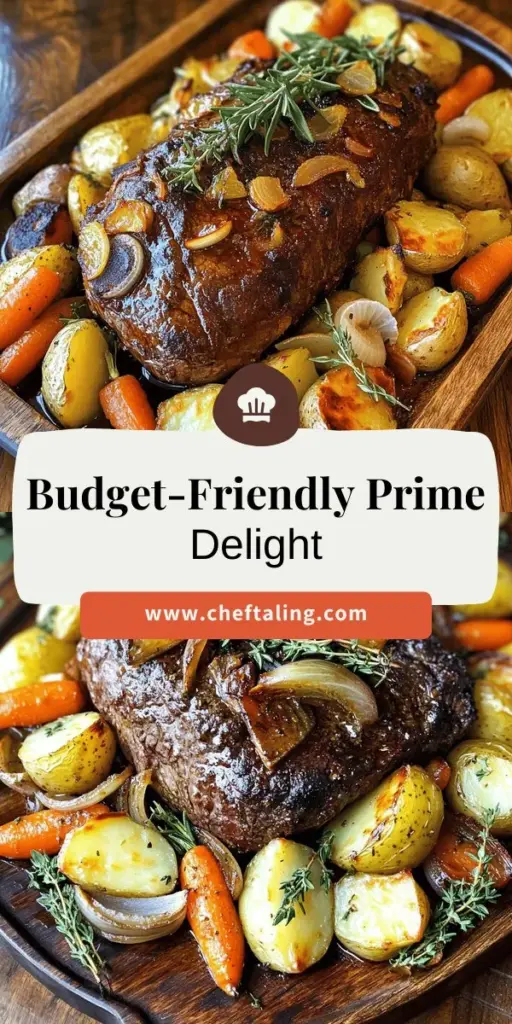
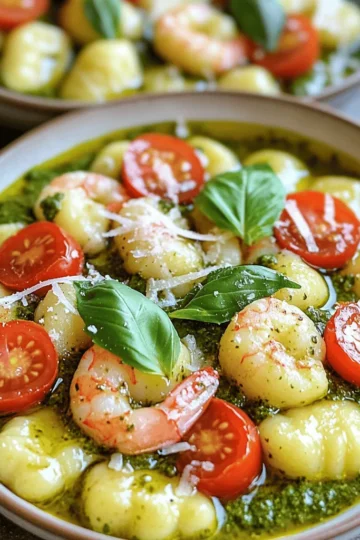
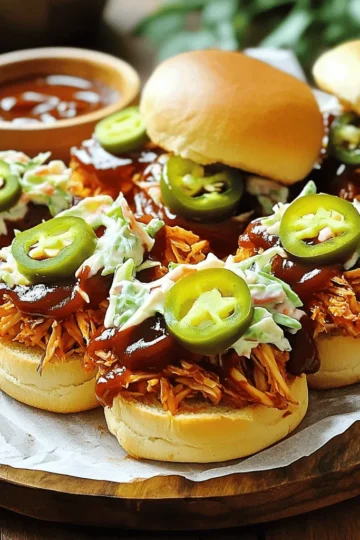
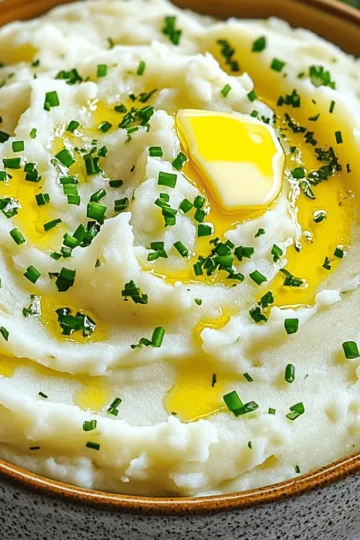
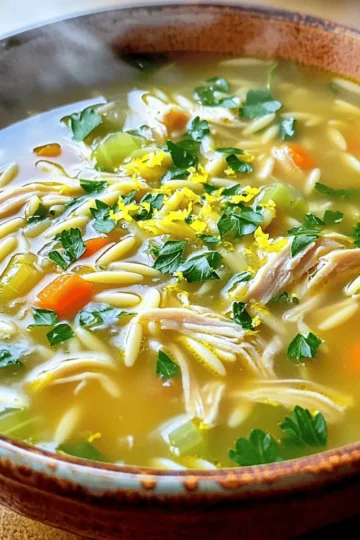
Leave a Reply